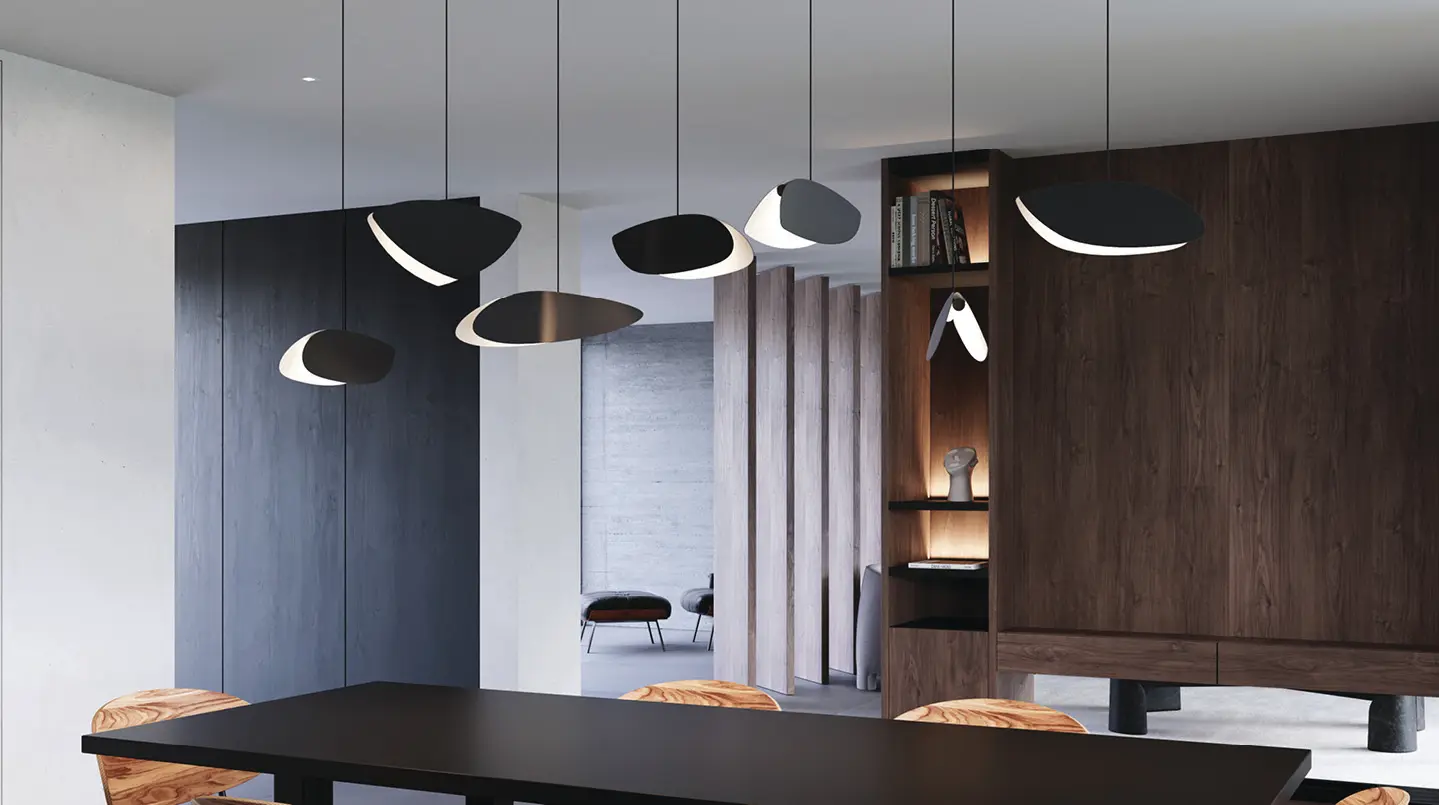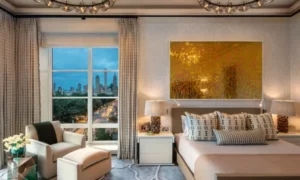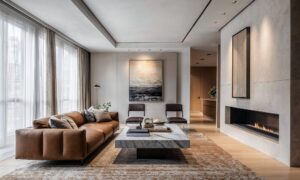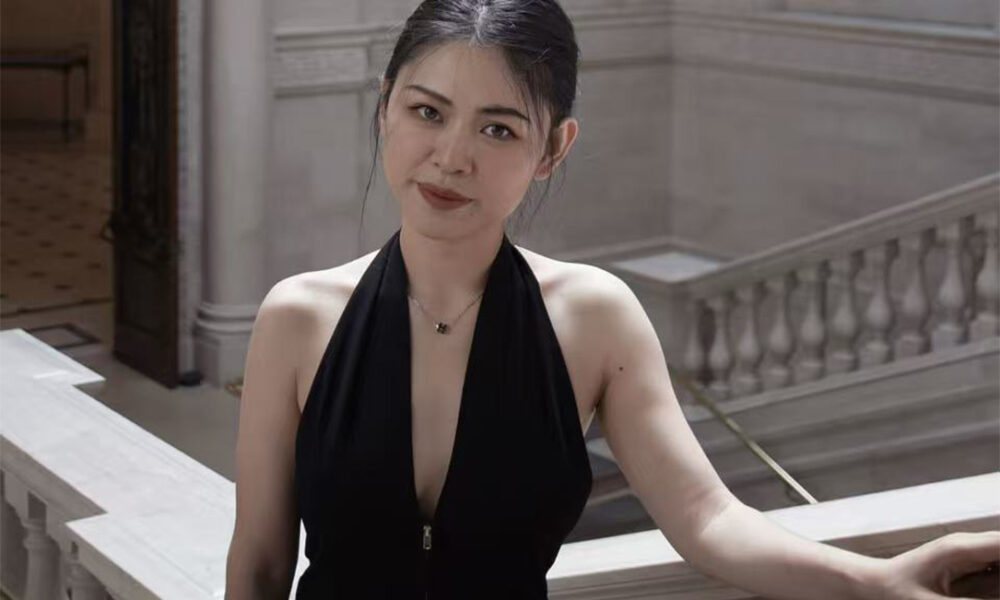When designing a room, lighting is often the unsung hero. It shapes the atmosphere, highlights your favorite features, and even influences how colors appear. Two lighting types that complement each other beautifully are pendant lights and wall lights. Each serves a unique purpose, but together they can transform any room into a balanced, well-lit, and visually stunning space.
Let’s dive into how pendant lights and wall lights work together and why they’re essential for layered lighting in modern interiors.
Pendant Lights: Stylish and Versatile Overhead Illumination
Pendant lights are hanging fixtures suspended from the ceiling, often used as statement pieces or functional task lighting. Available in endless designs—from sleek metallic domes to hand-blown glass or natural woven shades—pendant lights are as decorative as they are practical.
Best Uses for Pendant Lights:
- Over kitchen islands or dining tables for focused lighting
- In bedrooms as bedside alternatives to lamps
- In entryways to make a bold first impression
- In staircases for vertical drama
Pendant lights can define a space without occupying floor or table space, making them a favorite in minimalist or open-plan interiors.
Wall Lights: Elegant Accents That Bring Depth
Wall lights, or sconces, are mounted on walls and typically used for ambient or accent lighting. They’re perfect for adding subtle warmth to a room, illuminating dark corners, or highlighting artwork and architectural details.
Best Uses for Wall Lights:
- Flanking mirrors in bathrooms or dressing areas
- Lighting up hallways or staircases
- Adding ambiance to bedrooms or living rooms
- Replacing table lamps in tight spaces
Wall lights come in a wide range of styles, from vintage lanterns and industrial cages to minimalist LED panels, making them suitable for almost any interior theme.
Why Combine Pendant Lights and Wall Lights?
Designers often talk about layered lighting—a concept that involves combining different types of lighting to achieve a functional and inviting environment. Pendant lights and wall lights are perfect for this approach.
Benefits of Using Both:
- Balance: Pendant lights provide general or task lighting from above, while wall lights add ambient or accent lighting from the side.
- Aesthetics: Together, they create visual interest and depth.
- Functionality: Layered lighting ensures every part of the room is well-lit for different needs, from working to relaxing.
Practical Pairing Ideas
- Living Room: Install pendant lights above the coffee table and use wall sconces to light up shelving or artwork.
- Bathroom: A pendant above the vanity adds style, while wall lights on either side of the mirror offer balanced, shadow-free lighting.
- Bedroom: Use hanging pendant lights as bedside lighting and wall sconces to softly illuminate the reading nook or opposite wall.
- Dining Room: Combine a striking pendant above the table with subtle wall sconces for an elegant, warm atmosphere.
Design Tips
- Match Finishes: Use similar materials and finishes (e.g., brass or matte black) to tie both fixture types together.
- Adjust Brightness: Install dimmers for both pendant and wall lights to easily control mood and brightness levels.
- Mind the Scale: Make sure the pendant and wall lights are proportionate to each other and the size of the room.
Final Thoughts
Combining pendant lights and wall lights is one of the smartest ways to design a lighting scheme that’s not only beautiful but also highly functional. Pendant lights bring personality and purpose from above, while wall lights offer subtle support and structure from the sides.
Together, they form a lighting partnership that enhances your space in every way—from aesthetics to practicality. Whether you’re redesigning a room or building your dream home, don’t underestimate the power of this dynamic lighting duo.





























